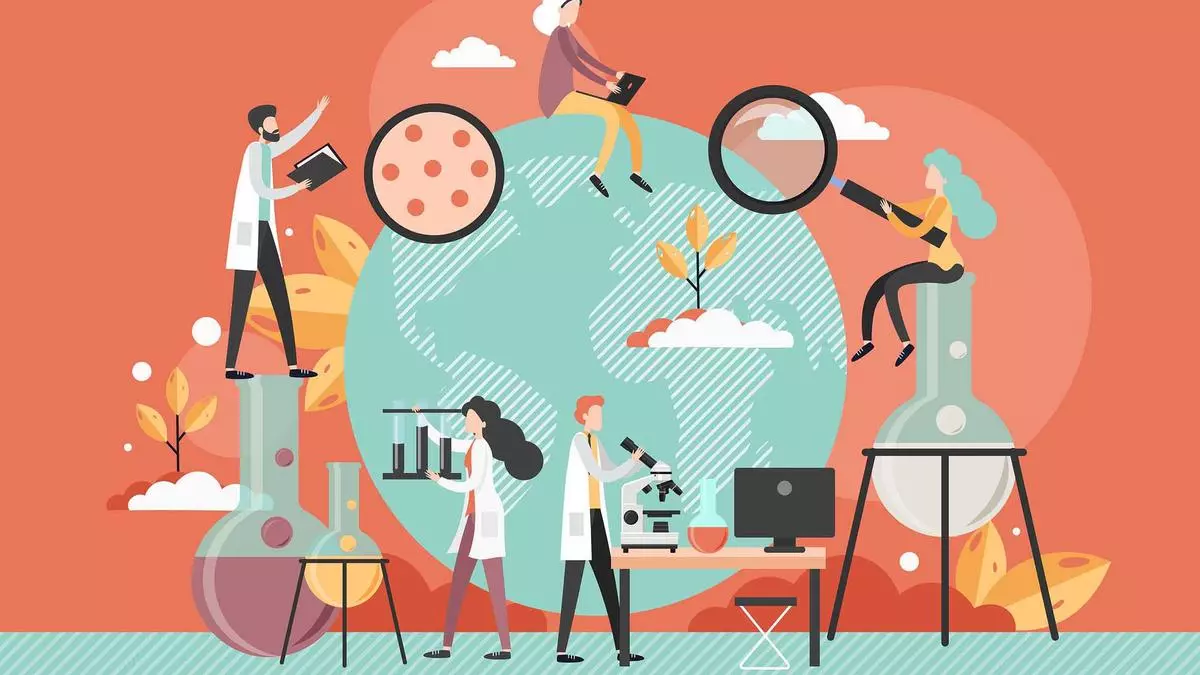Making scientific research frictionless

```html
Igniting India's Scientific Renaissance: A Roadmap for Global Leadership
A Nation Built on Science
Homi Bhabha, a visionary scientist, recognized the vital role of science in a nation's progress. In today's world, scientific leadership translates to global power. The US and China, at the forefront of fields like AI, exemplify this reality. While India has launched important initiatives like the Anusandhan National Research Foundation, the InSpace program, and various science missions, a significant leap forward is crucial to compete in this high-stakes arena. The window of opportunity is narrowing; we must act decisively.
Securing a Scientific Nobel: A Five-Year Vision
As we celebrate the birth anniversary of an Indian Nobel Laureate, a pertinent question arises: how can India secure its first post-Independence science Nobel within the next five years? Coordinated government reforms can decisively shift the balance in our favor. On this National Science Day, let's explore a roadmap of structural improvements, mechanisms to fuel innovation, and strategies to streamline scientific research – a culmination of insights gathered from various discussions and readings.
Strengthening the Foundation: Strategy and Structure
Empowering the Office of the Principal Scientific Adviser to oversee science missions and foster inter-ministerial coordination is paramount. Establishing a dedicated Cabinet Committee on Science and Technology would further enhance collaboration and drive successful cross-sectoral programs.
Cultivating world-class research ecosystems requires strategic investment. Selectively supporting 10 top universities with performance-based grants, increased financial autonomy, and strong professional teams can significantly amplify their research capacity. Simultaneously, restructuring government laboratories to align with industry and academia, emphasizing mission-driven research and tangible outcomes, will maximize impact.
Fueling Innovation: Funding and Mechanisms
A ten-fold increase in university R&D budgets is crucial for supporting ambitious projects and grand challenges. This will foster an environment where groundbreaking innovations can flourish. A robust framework to address pressing socio-economic challenges through S&T missions, involving collaboration between government, industry, non-profits, and academia, is essential.
Accelerating technological progress demands a structured approach integrating supply- and demand-side mechanisms. Encouraging industry-academia partnerships, large-scale investments, and sustained momentum throughout the innovation lifecycle will propel India forward.
Streamlining the Process: Regulatory Reforms
As highlighted by the Economic Survey, India must transition from a restrictive regulatory environment to a more innovation-friendly approach. Replacing rigid General Financial Rules with flexible "General Innovation Rules" will redefine governance structures for science and research. Digitizing grant-making and spending mechanisms, ensuring transparency, and implementing algorithmic approvals will further streamline the process.
Streamlining procurement for critical technology products, reducing over-reliance on PSUs, and making publicly funded scientific infrastructure accessible through open digital platforms like ONDC are critical for efficient resource utilization.
Setting Ambitious Targets: A Decade of Excellence
India must set bold targets for the next decade: securing at least one Nobel Prize, one Fields Medal, and one Turing Award for researchers working in India. Positioning five Indian universities among the top 100 global research institutions and achieving a top-three ranking in three areas of pure science and three areas of engineering will solidify India's scientific prowess.
Increasing industry R&D spending to 1% of GDP, encouraging major corporations to establish basic research labs, and boosting research philanthropy to 5% of total philanthropy will create a vibrant ecosystem beyond traditional academic and industry settings.
Growing deep-tech investment to 0.1% of GDP and raising high-technology exports to 25% of total manufactured exports are crucial for economic growth. Achieving self-sufficiency in critical technologies and maximizing value capture in manufacturing will further strengthen India's position on the global stage.
A Call to Action
The next five years are critical for India to elevate its scientific standing. We have the potential to lead; the time to act is now.